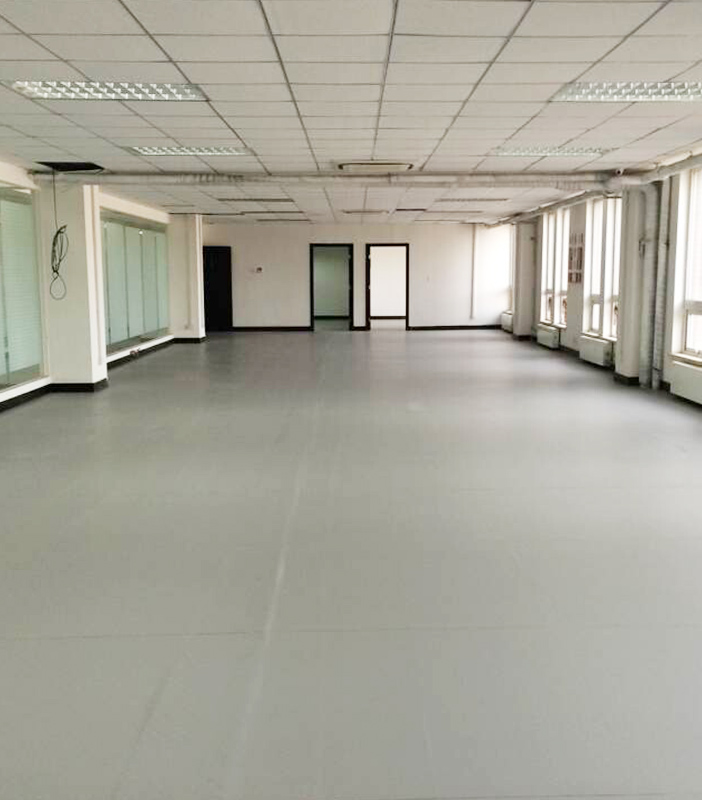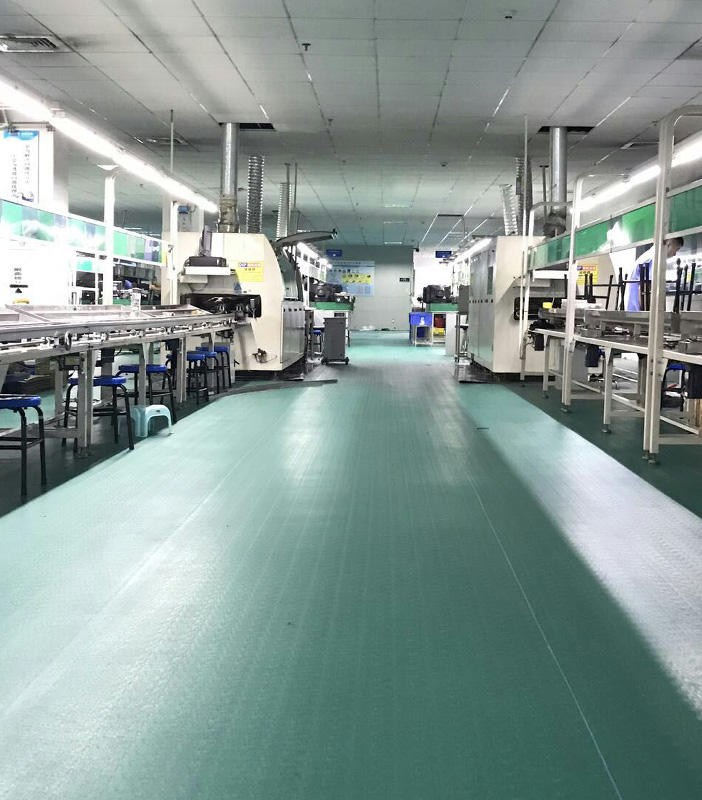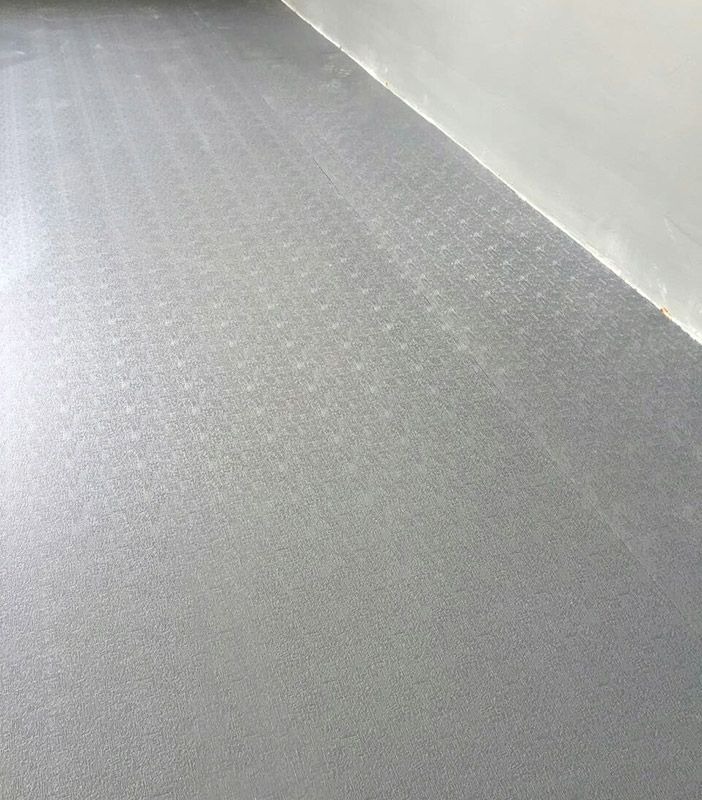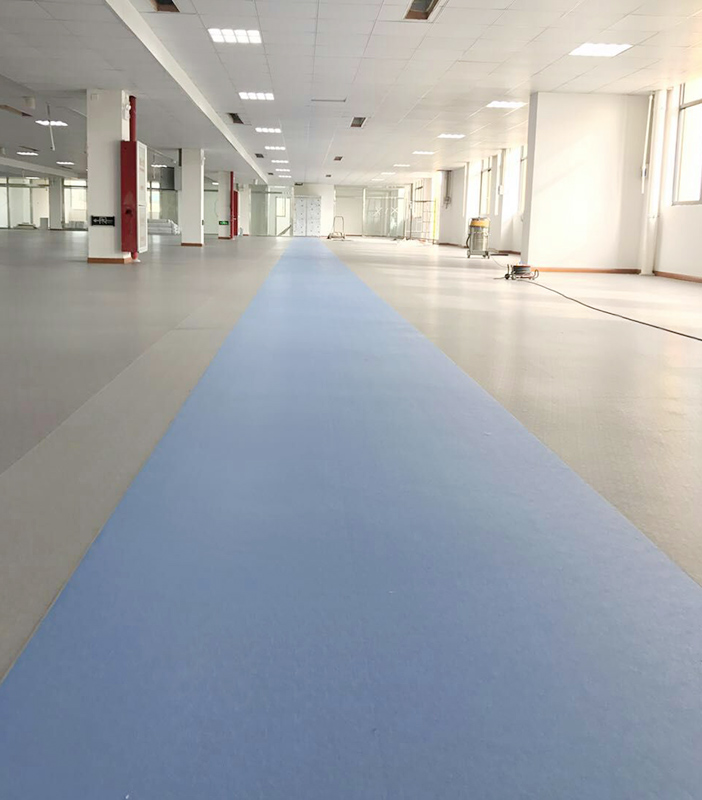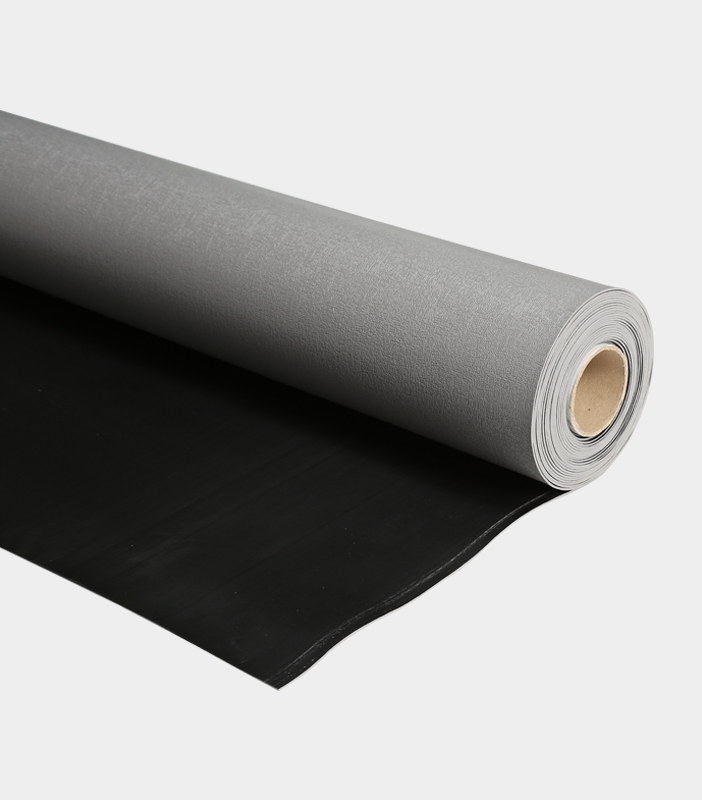China Design ESD Anti-Static Table Mats Wholesaler Supplier
Electrostatic discharge (ESD) is a significant concern in environments where sensitive electronic components are handled. Even a small static charge can damage delicate circuits, pilot malfunctions or the complete failure of electronic devices. These mats provide a controlled surface that safely dissipates static electricity, ensuring a safer working environment for electronics assembly, repair, and testing.
ESD table mats are specially designed surfaces made from materials that help prevent static buildup. They typically consist of multiple layers, including a dissipative top layer and a conductive bottom layer. This layered structure allows static electricity to flow safely away from sensitive components.
These mats ensure that any static charges generated by movement, tools, or materials are safely neutralized. This makes them essential in industries such as electronics manufacturing, semiconductor production, and laboratory research, where even minor static interference can affect product quality.
Many electronic devices, including microprocessors, circuit boards, and memory chips, are highly susceptible to static damage. When exposed to an uncontrolled electrostatic discharge, these components may experience immediate failure or latent defects that shorten their lifespan. ESD table mats serve as a protective barrier, reducing the likelihood of such damage.
In addition to protecting electronics, these mats also help prevent dust and debris from accumulating on work surfaces. Since static electricity can attract fine particles, reducing static buildup contributes to a cleaner and more efficient workspace.
To big the benefits of an ESD table mat, it is essential to integrate it into a complete ESD protection system. This includes:
Proper Grounding: ESD mats should be connected to a designated grounding point using grounding cords. This ensures that static charges are effectively redirected away from the work area.
Wrist Straps and ESD Footwear: Workers handling sensitive components should wear grounded wrist straps or ESD-safe footwear to further reduce static buildup.
ESD-Safe Tools and Equipment: Using antistatic tools, storage bins, and workbenches complements the protective function of ESD mats.
Regular Maintenance: Keeping the mat clean and free from dust or debris helps maintain its effectiveness. Specialized ESD-safe cleaning solutions should be used to avoid compromising the mat’s surface properties.
ESD table mats come in different materials and configurations to suit various applications. Some common types include:
Vinyl ESD Mats: These are lightweight and flexible, making them easy to install on workbenches or desks. They are ideal for light-duty applications where moderate static protection is required.
Rubber ESD Mats: Known for their durability and resistance to chemicals, rubber mats are commonly used in environments that involve exposure to solvents, heat, or heavy-duty equipment.
Three-Layer Mats: Featuring a dissipative top layer, a conductive middle layer, and a non-slip bottom layer, these mats provide enhanced static control and grounding efficiency.
Selecting the appropriate ESD table mat depends on the specific needs of the workspace. Factors to consider include:
Size and Thickness: Mats are available in various sizes and thicknesses to fit different workstations. Thicker mats offer better durability and cushioning for workers.
Material Type: The choice between vinyl and rubber depends on the level of durability and chemical resistance required.
Surface Resistance: Different mats have varying levels of resistivity, which determines how effectively they dissipate static charges.
ESD table mats are an essential component of any static-safe work environment. When combined with proper grounding techniques and other ESD protection measures, they contribute to a safer and more efficient workspace, making them a valuable investment in industries where static control is critical.

 简体中文
简体中文 English
English España
España Deutsch
Deutsch